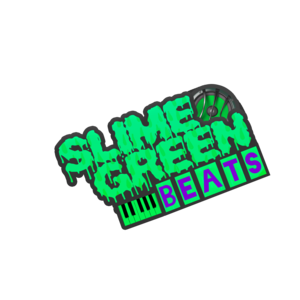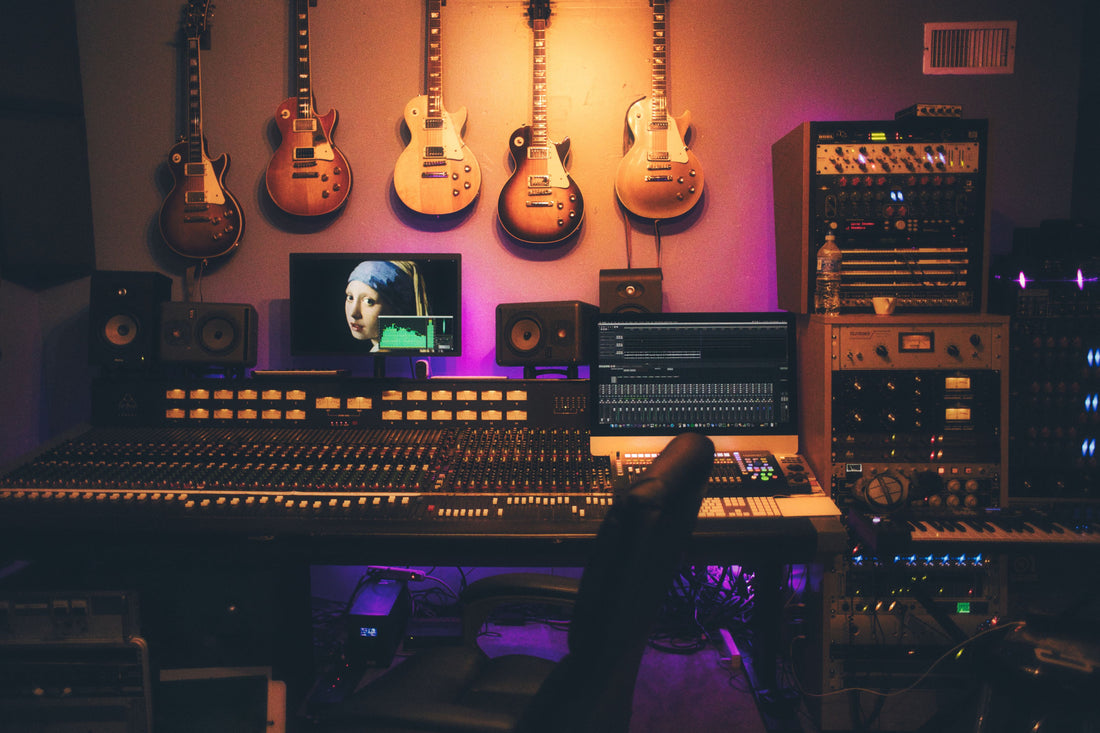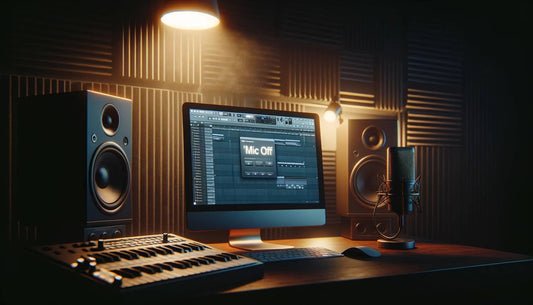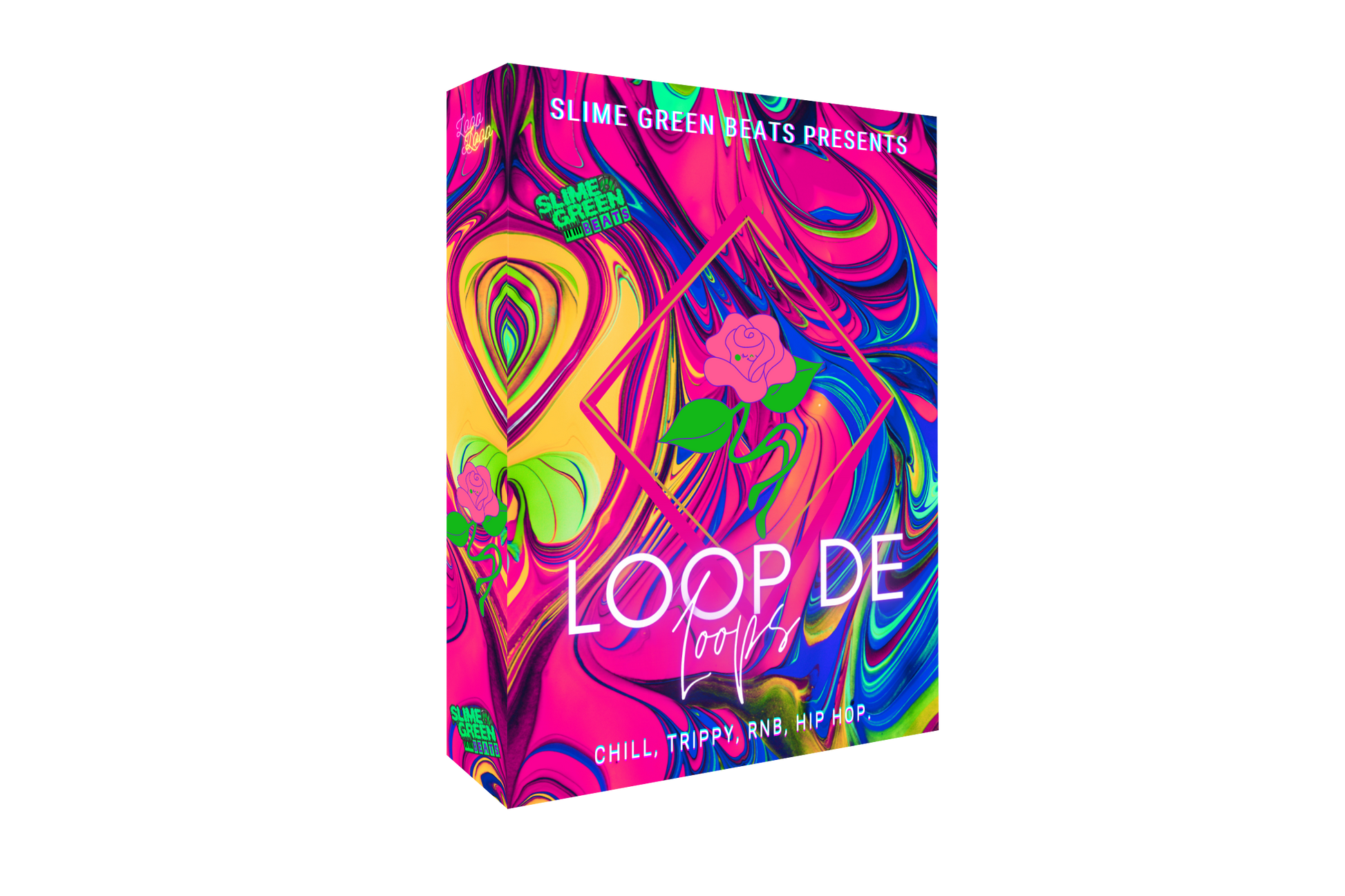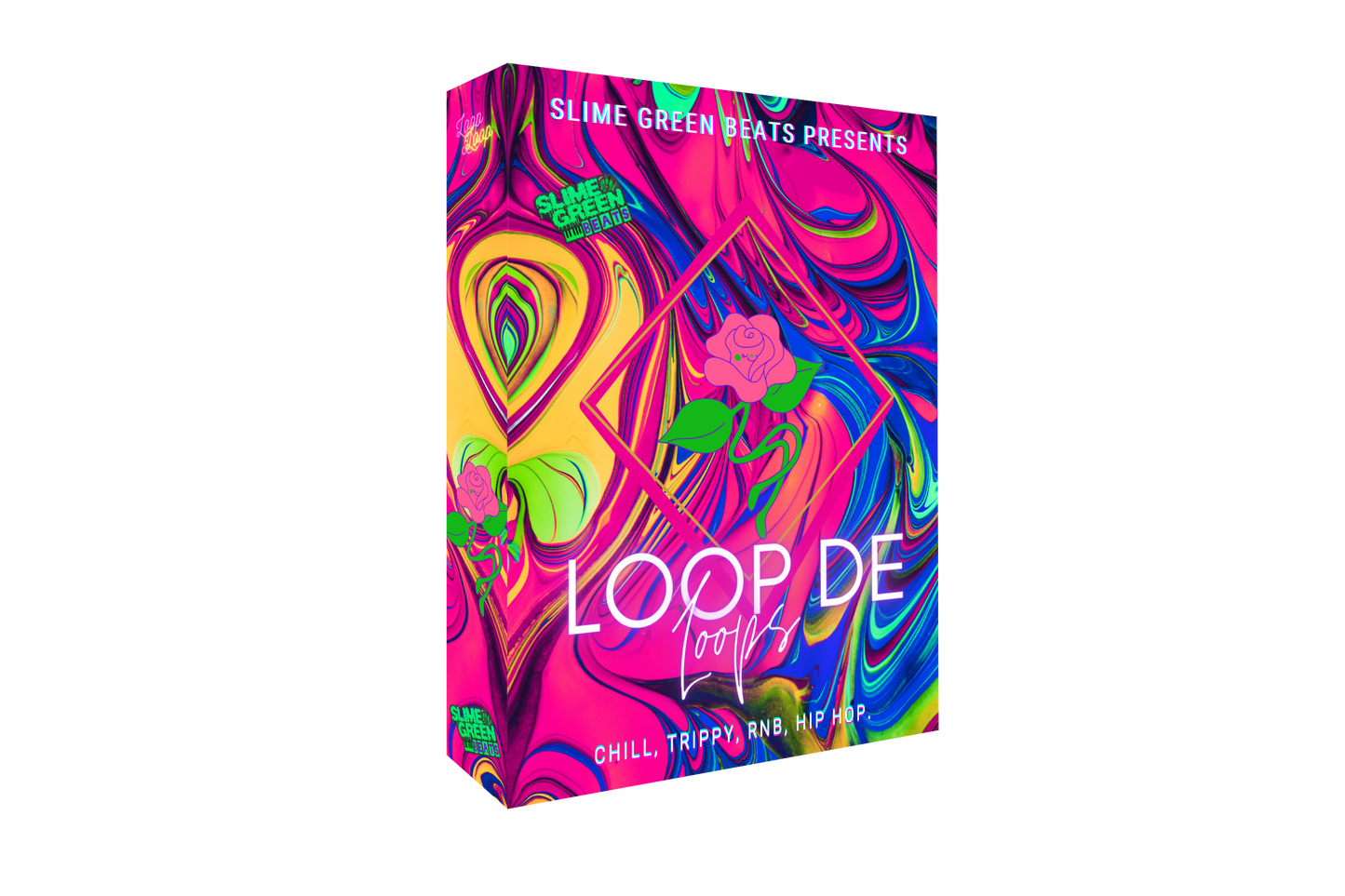In the rap/hip-hop music industry, certain terms are often used to describe the different elements involved in producing a track. Here are some of the most common production terms compiled and written by Slime Green Beats, based on experience and knowledge of the industry:
ANALOGUE: A type of wave signal that is continuous.
AUTOMATION: A process in which software remembers user inputs, such as pitch modulation and note velocity.
BASS: The low frequency filter, usually found on a lower octave, providing a deeper sound that is often used as background music in beats.
BEAT: A musical composition created by a producer, typically for the purpose of having an artist record vocals over it.
BIT DEPTH: The number of bits in a sample.
BOUNCE/BOUNCING: A term used to describe the way music makes your head move up and down inexplicably, like "the juice, sauce, etc."
BPM: The number of beats per minute in a musical recording or sample. This is essentially the metronome of the beat.
CHANNEL: A location where a specific instrument is played in a mix, usually denoted by a number.
CHORDS: A set of notes played at the same time.
CHORUS: The part of a track that sounds more epic than the rest, often leading the sound or beat. Producers can struggle with this sound, making it too loud at times or not loud enough, resulting in an awkward mix.
CLIPPING: Any distortion or sound that is unwanted in a mix due to overloading software.
COMPRESSION: Reducing the size of an audio signal to produce less or more sound.
COMPRESSOR: A device that lets you adjust gain ratios, etc., with each compressor being unique.
DECIBEL: A way of measuring sound level on a log scale.
DIGITAL AUDIO WORKSTATION (DAW): An application typically run from a computer that acts as a digital orchestra. These applications are designed to make music and can often produce an array of sounds that are difficult to find in instrument form.
DRY: A reverberation effect that gives less perceived depth.
DRUM KIT: Producers often create sounds to sell or give away. These drum kits often include snares, hi-hats, kicks, 808s, percussion, and FX.
EMCEE/MC: In traditional hip-hop, this term stands for "Master of Ceremonies." Essentially, it's a rapper who performs well on stage.
EQUALIZATION (EQ): A device that lets you tweak the sounds within an audio clip, often providing a solution to specific volume issues.
EXCLUSIVE: A beat sold to only one individual at a higher price than a lease. The producer cannot legally resell the same beat to another artist.
FOLDER: A location where files can be placed and obtained on a DAW application, often in the browser setting.
FX: Short for "effect," referring to a sound effect.
GAIN: The increase ratio of a variable to another.
HIGH PASS FILTER: Passes signals with frequency higher than the cutoff frequency.
HIGH RANGE FILTER: Filters out the high frequency tones of a beat.
HIP-HOP: A musical genre started by African Americans that has since become quite popular and has reached out to many subgenres, including trap, rap, R&B, and underground.
HOOK: A part of a beat, usually with words that the artist uses to shape the song with. After a rapper or singer goes through their first verse, the hook will play, leading into the second and third verse. The hook appears two to three times throughout the song and is the same each time.
HZ: A unit of frequency.
IMPEDANCE: Measured in ohms, impedance is the opposition of an audio device to the flow of an alternating current.
INSTRUMENTAL: Another word for "beat," an instrumental is a musical composition created by a musician for commercial use, usually sold to an artist or any buyer.
LATENCY: Latency refers to the delay or lag between the time a signal enters a system and the time it emerges.
LEASE/NON-EXCLUSIVE: A lease/non-exclusive beat is a type of beat that a producer can legally sell to multiple artists. The price is typically cheaper than an exclusive beat, and the lease agreement implies that after a certain number of uses, the buyer has to re-lease the beat.
LOUDNESS: Loudness refers to the perceived volume of a sound achieved through compression and volume adjustments.
LOW PASS FILTER: A low pass filter passes signals with frequencies lower than the cutoff frequency.
LOW RANGE FILTER: A low range filter is a type of filter that removes low-frequency tones from a beat.
MASTER/MASTERING AUDIO: Mastering is the final stage of producing a track, which involves getting the right levels, effects, etc. for a mix. This is done using digital sound techniques like plugins, equalizers, and volume knobs on specific instruments.
METRONOME: A metronome is a device that keeps beats and maintains a consistent tempo.
MIDI: MIDI is a musical instrument for recording/playing music electronically, typically a device plugged into a computer that connects to a digital audio workstation (DAW).
MID RANGE FILTER: A mid-range filter is a type of filter that removes mid-frequency tones from a beat.
MIXER: A mixer is where you adjust sound levels, add effects, and perform other audio processing tasks.
MP3: MP3 is a type of audio file extension.
MUSIC THEORY: Music theory is the study of music, including the understanding of how music is composed, performed, and understood.
OHM: Ohm is a unit measure of resistance.
PANNING: Panning is the audio processing technique that involves adjusting the stereo placement of sound elements, resulting in a sound coming out of the left or right speaker.
PIANO ROLL EDITOR: The piano roll editor is a tool used by producers and engineers to edit individual notes in a pattern.
PLUG-INS: Plug-ins are software applications within a DAW that create and modify sounds.
QUANTIZATION: Quantization is the process of breaking down notes into smaller sections or chopping them.
RAPPER: A rapper is a musician who adds verbiage or "raps" to a beat, typically performing in front of an audience.
RAP: Rap is a term used to describe a genre of music known for its raw, uncut, and creative nature, often used interchangeably with hip-hop.
RENDER: Rendering is the process of processing a sound or playlist, typically referring to the exporting process of a track and how long it takes to create a file in formats like MP3, WAVE, FLAC, etc.
RESISTANCE: Resistance is the property of an object relating to the passage of current.
REVERB: Reverb is an audio processing effect that adds the perception of depth and space to a sound.
SAMPLES/SAMPLING: Samples are pre-recorded sound recordings that are reused in a beat composition.
SAMPLE LIBRARIES: Sample libraries are packs of samples that can come in sets of up to 100 or more.
SOUND PRESETS: Sound presets are extra sounds that can be added to a synth preset library, such as a piano or pad.
SYNTH: A synth is a device that generates signals that are converted into sounds through audio devices.
SYNTHESIZER: A synthesizer is an electronic instrument or application that produces.
TAP TEMPO: A feature that estimates the tempo of a music piece based on real-time tapping in the Digital Audio Workstation (DAW).
TEMPO: The rate at which music moves, measured in beats per minute (BPM).
VELOCITY: The speed at which a key is pressed, which determines the intensity or emphasis of a sound.
VIRTUAL STUDIO TECHNOLOGY (VST): A software interface that allows users to use effects, editors, and other tools to enhance their music production.
WAVE: A type of file format that contains the highest quality of audio data, making it ideal for professional audio production.
WAVEFORM: The graphical representation of the sound waves associated with a sound file. It shows the frequency and gain of individual sounds in a track, and is often used in mastering to ensure consistency across a track.
WET: A type of reverb effect that adds perceived depth to a sound.
